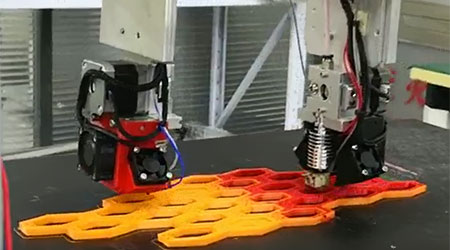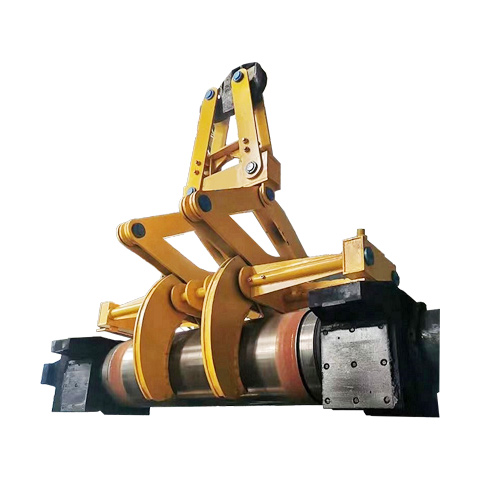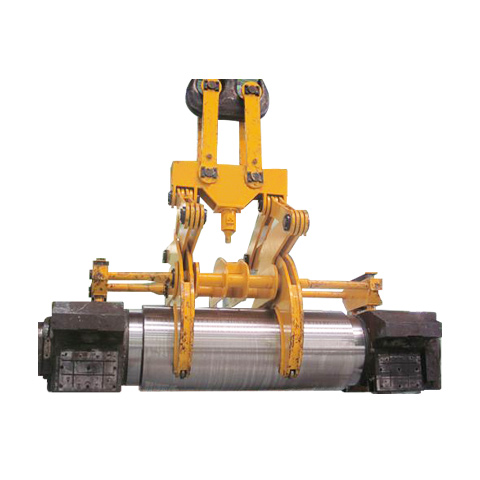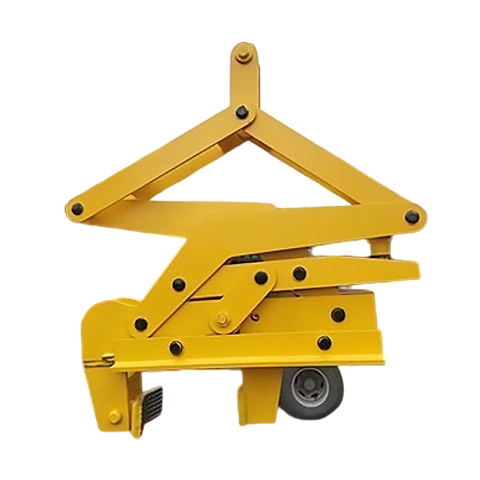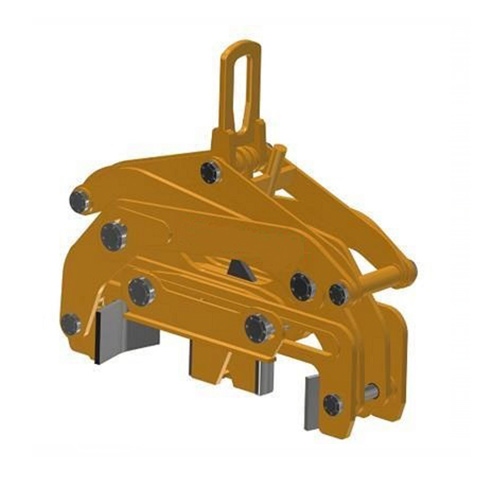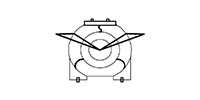How the silencer works.
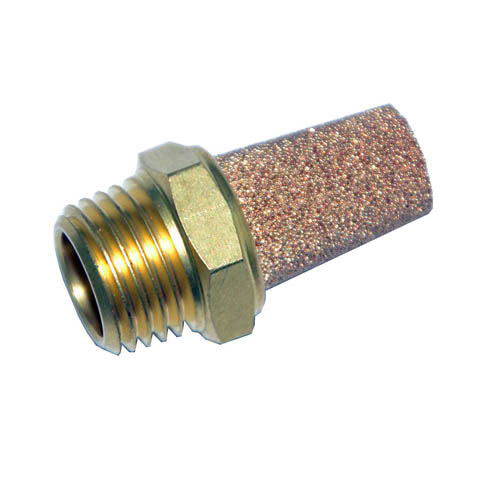
Silencer is a noise reduction device for the airflow pipeline with noise propagation. It is divided into resistance type, impedance type, impedance composite type, micro-perforated plate type (including small hole silencer and source silencer).
1. The working principle of the resistance silencer
The multihole sound-absorbing material is installed on the inner wall through which the airflow passes or arranged in the pipeline according to a certain order to form a resistive muffler. When the sound wave enters the resistive muffler, a part of the sound energy is rubbed in the multihole material gap and is converted into heat for dissipation. The sound wave passes through the silencer and is weakened. The resistive silencer has a good effect on medium and high frequency elimination, a bad effect on low frequency elimination.
2. The working principle of the impedance silencer
The structure of this silencer is similar to a filter. It is an acoustic filter consisting of a tube and a chamber. A sound often contains sound waves of different frequencies. In the tube structure, only sound waves of certain frequencies can pass through, and the rest will be reflected and disappeared in the chamber structure, thus achieving the "filtering" function of sound waves. When the sound waves pass through the small tubes and chambers, they are gradually weakened. This type of silencer is often used to eliminate low and medium frequency noise.
3. The working principle of impedance composite silencer
The structure and performance of the above two kinds of silencer are combined in a certain way to form the impedance composite silencer. Thus the muffler effect is adjusted to the best, and the noise from low frequency to high frequency can be eliminated at the same time.
4. Working principle of micro-perforated plate silencer
The micro-perforated plate silencer is generally made of pure metal thin plate with a thickness of less than 1mm on which perforated by a drill with a pore diameter less than 1 mm. The perforation rate was from 1% to 5%. By selecting different perforation rates and cavity depths of different thicknesses, the spectral performance of the silencer can be controlled, thus it can achieve a better sound-absorbing effect in the desired frequency range.
1. The working principle of the resistance silencer
The multihole sound-absorbing material is installed on the inner wall through which the airflow passes or arranged in the pipeline according to a certain order to form a resistive muffler. When the sound wave enters the resistive muffler, a part of the sound energy is rubbed in the multihole material gap and is converted into heat for dissipation. The sound wave passes through the silencer and is weakened. The resistive silencer has a good effect on medium and high frequency elimination, a bad effect on low frequency elimination.
2. The working principle of the impedance silencer
The structure of this silencer is similar to a filter. It is an acoustic filter consisting of a tube and a chamber. A sound often contains sound waves of different frequencies. In the tube structure, only sound waves of certain frequencies can pass through, and the rest will be reflected and disappeared in the chamber structure, thus achieving the "filtering" function of sound waves. When the sound waves pass through the small tubes and chambers, they are gradually weakened. This type of silencer is often used to eliminate low and medium frequency noise.
3. The working principle of impedance composite silencer
The structure and performance of the above two kinds of silencer are combined in a certain way to form the impedance composite silencer. Thus the muffler effect is adjusted to the best, and the noise from low frequency to high frequency can be eliminated at the same time.
4. Working principle of micro-perforated plate silencer
The micro-perforated plate silencer is generally made of pure metal thin plate with a thickness of less than 1mm on which perforated by a drill with a pore diameter less than 1 mm. The perforation rate was from 1% to 5%. By selecting different perforation rates and cavity depths of different thicknesses, the spectral performance of the silencer can be controlled, thus it can achieve a better sound-absorbing effect in the desired frequency range.
 English
English




